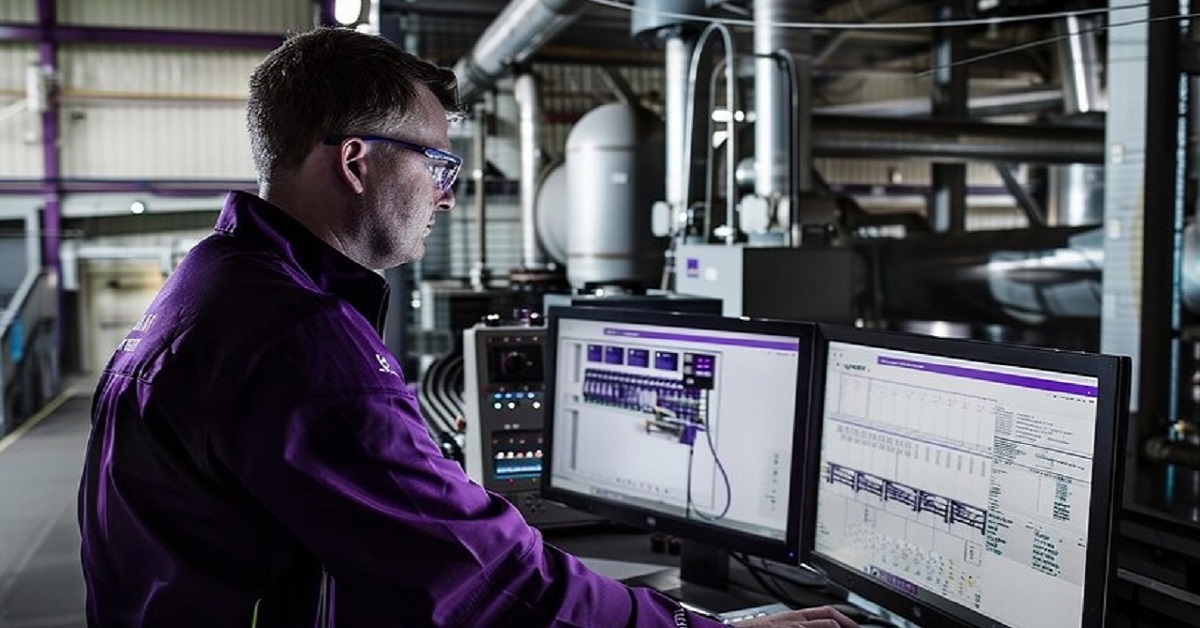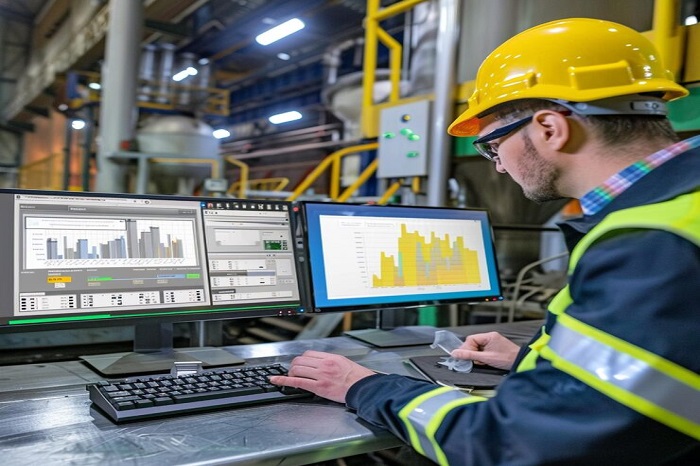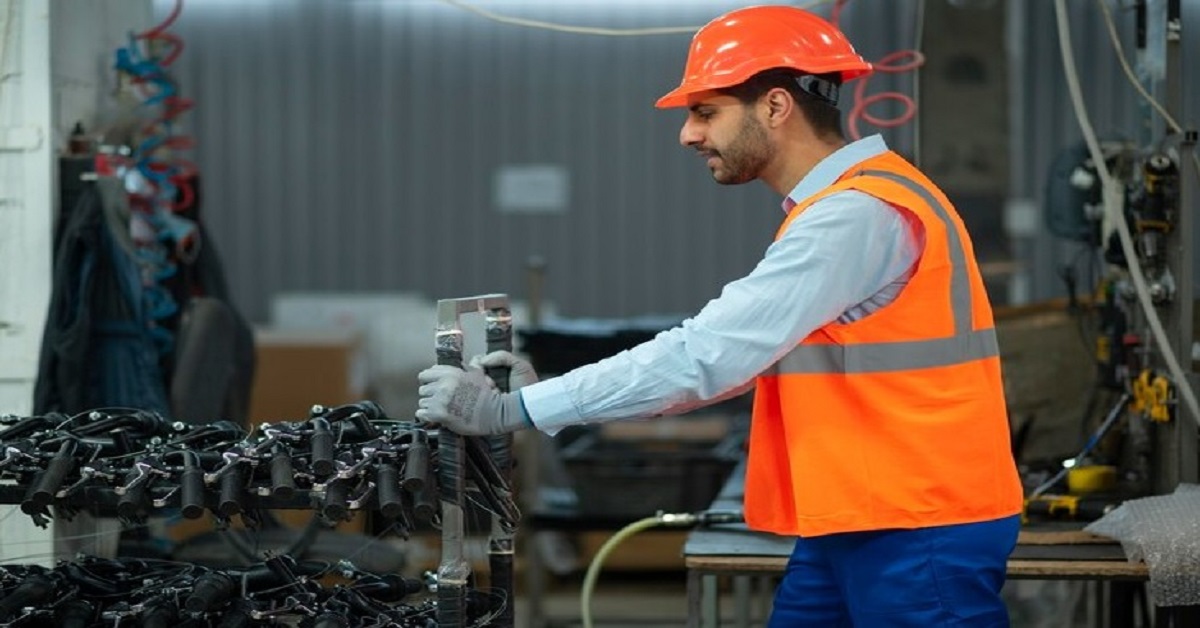In the world of machinery and industrial equipment, maintaining optimal performance and preventing unexpected failures is crucial. One powerful technique that has gained significant attention in recent years is vibration analysis. This method involves monitoring the vibrations produced by machinery to detect any abnormalities that might indicate wear, misalignment, or other issues. By analyzing these vibrations, maintenance teams can identify potential problems early, preventing costly breakdowns and extending the lifespan of the equipment.
What is Vibration Analysis?
Vibration analysis is a process used to monitor the condition of machinery and equipment. It involves measuring the vibrations that machines produce during their operation. Every piece of equipment has its own vibration signature when operating normally. By regularly monitoring these vibrations, any deviations from the norm can be detected early, indicating potential issues such as imbalance, misalignment, or bearing faults.
The process typically involves using sensors to collect vibration data, which is then analyzed using specialized software. The data can reveal patterns and anomalies that indicate the health of the equipment. For instance, an increase in vibration amplitude or changes in frequency can signal that a machine component is starting to fail.
Why is Vibration Analysis Important?
Implementing vibration analysis in a maintenance strategy offers several benefits:
- Early Problem Detection: By identifying issues before they escalate, companies can prevent unexpected machine failures. This leads to fewer production stoppages and reduced downtime.
- Cost Savings: Early detection of machinery issues means repairs can be made before a complete failure occurs. This often results in lower repair costs compared to emergency fixes.
- Extended Equipment Lifespan: Regular monitoring and maintenance help extend the life of machinery by ensuring that components are replaced or repaired before causing significant damage.
- Improved Safety: Faulty machinery can pose safety risks to workers. By ensuring equipment is in good working condition, companies can create a safer work environment.
Applications of Vibration Analysis
Vibration analysis is widely used across various industries, including manufacturing, energy, automotive, and aerospace. Some common applications include:
- Rotating Equipment: Pumps, motors, turbines, and fans are prime candidates for vibration analysis. These machines often operate at high speeds, making them susceptible to imbalance and misalignment.
- Bearings: Bearings are critical components in many machines. Vibration analysis can detect early signs of wear or damage, allowing for timely replacement.
- Gears and Gearboxes: Analyzing vibrations in gears and gearboxes helps identify issues like gear tooth wear, misalignment, and lubrication problems.
- Structures: Vibration analysis isn’t limited to rotating machinery. It can also be used to monitor the structural integrity of buildings, bridges, and other infrastructure.
How to Implement Vibration Analysis
To effectively implement vibration analysis, companies should follow these steps:
- Choose the Right Equipment: Invest in quality sensors and data acquisition systems designed for vibration analysis. These tools are crucial for accurate data collection.
- Establish Baselines: Determine the normal vibration patterns for each piece of equipment. This baseline data will serve as a reference point for detecting anomalies.
- Regular Monitoring: Schedule regular vibration measurements to continuously monitor the health of the machinery. Consistent monitoring is key to early problem detection.
- Data Analysis: Use specialized software to analyze the collected data. Look for patterns and changes that could indicate potential issues.
- Take Action: When anomalies are detected, take prompt action to address the underlying problems. This might involve scheduling maintenance, replacing worn components, or adjusting machinery settings.
Conclusion
Vibration analysis is a vital tool in the arsenal of maintenance strategies. By regularly monitoring and analyzing the vibrations of machinery, companies can detect problems early, save on repair costs, extend equipment lifespan, and improve safety. As technology continues to advance, vibration analysis will become even more accessible and essential in ensuring the smooth operation of industrial equipment.




